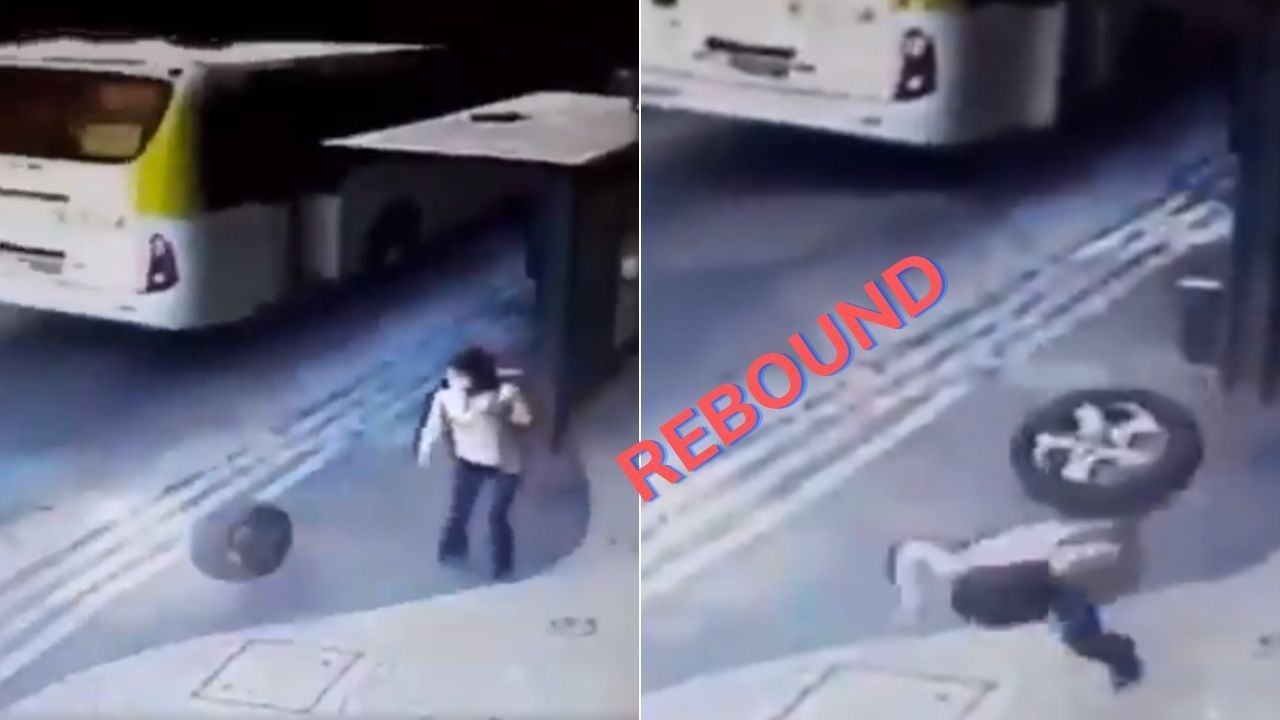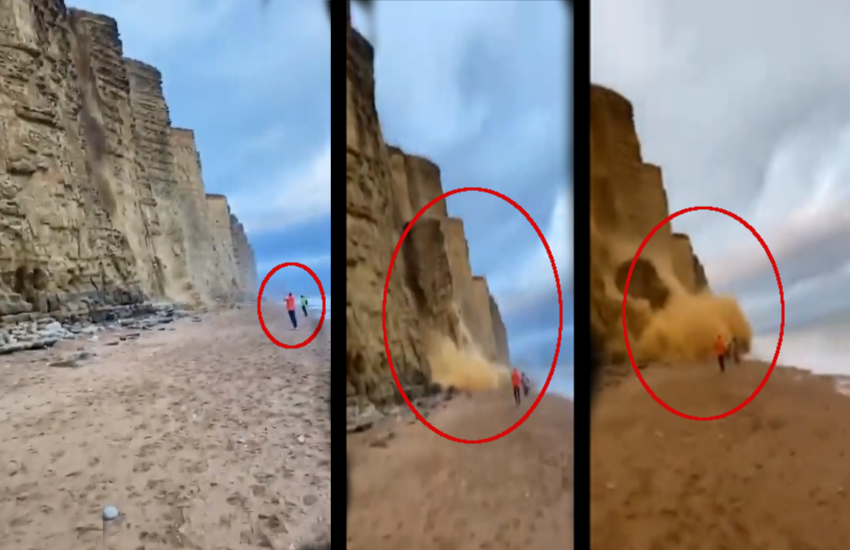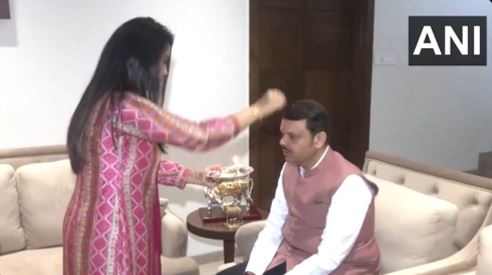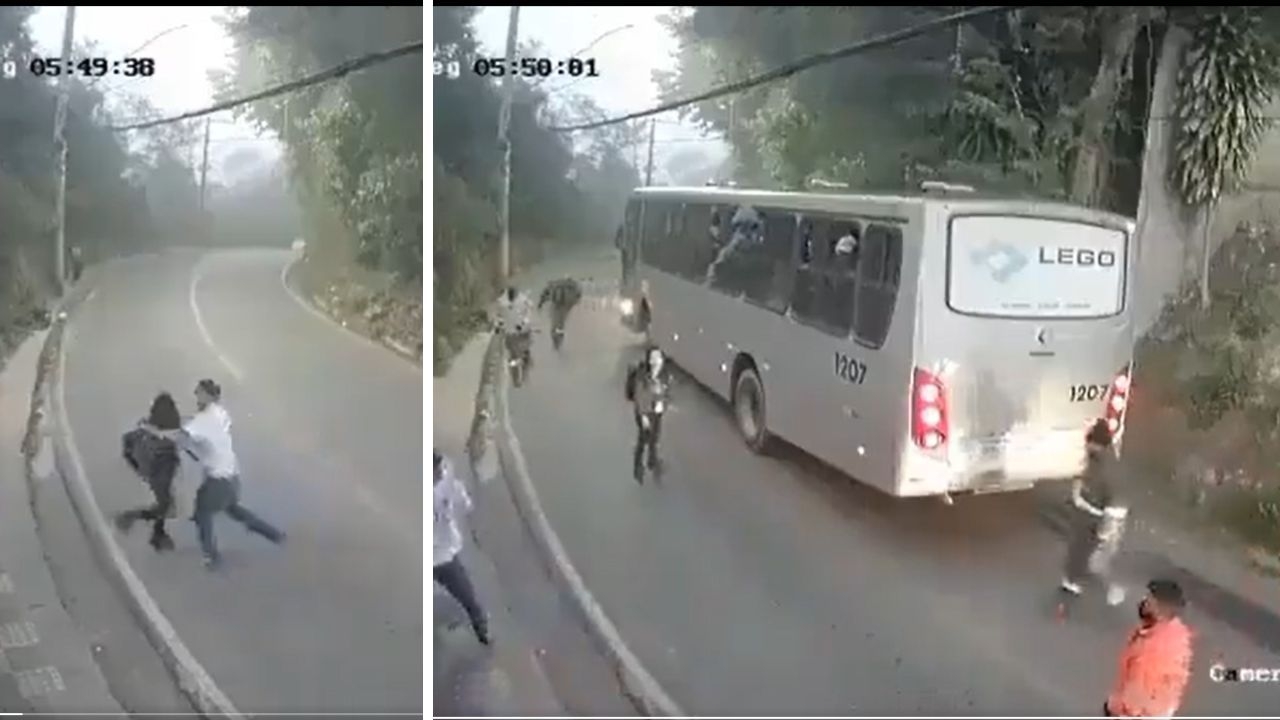Blinded by pellets, Kashmiris wait for eye doctors from Mumbai for help

The season of apples had arrived. Gulzar Ahmad's garden in Jammu and Kashmir's hilly district of Shopian had the air of another fruitful season. On the 16th of last month, he visited his garden to trim the grass. He has not been able to see it since.
On 9 July, the Indian security forces killed the 22-year old Hizbul militant Burhan Wani in Tral. The encounter was followed by a series of protests erupting across the Valley over the next couple of months.
One such protest broke out near 40-year old Gulzar's apple garden when he cutting the grass, says his brother, Shabbir, 26.
Forces used pellet guns, which they call a "non lethal" weapons, to quell the hostile protestors. One of the pellets went right through one of Gulzar's eyes while another slit the side of the other eye.
Blinded
More than 800 such patients have been admitted to Srinagar's government hospital with ruptured eyes since 9 July.
The pellets made of iron, covered with a millimetre of rubber coating, have cost hundreds their entire or partial eyesight. And the inflow of patients does not seem to be in the mood to shrink.
It has been more than two months since Wani's killing but the Valley is still on fire. The number of casualties has crossed 70 and the curfew is still intact.
Normalcy has consistently eluded the Valley with Kashmiris demanding freedom from the Indian state and withdrawal of AFSPA, which gives unbridled powers to the armed forces to operate in the valley.
More than 5 lakh security personnel are reportedly deployed in Kashmir. With armed forces misusing their powers quite frequently, along with the feeling of being an occupied territory, the sentiment against India is constantly simmering in the Valley.
Observers say the assassination of Wani proved to be a mere trigger to fire the sentiment once again.
Thousands and lakhs have thronged the streets in protests in spite of being aware of the possible repercussions.
The shooting doesn't stop
As a result, the government hospital in Srinagar is deluged with patients. Many of them have been operated upon several times but to no avail.
Gulzar has already had two surgeries. He is still completely blind in one eye, while the other works only to an extent. The gravity of eye injuries at the hospital have been too much to handle for the doctors here. "They are clueless," says Shabbir.
It has compelled Borderless World Foundation, an NGO working in Kashmir for around two decades, to facilitate the visits of some of the most renowned eye surgeons in the country.
Call in the experts
Dr Sundaram Natarajan, CMD of Aditya Jyoti Eye Hospital in Mumbai, is one of them. He has visited Srinagar twice already and performed 80 surgeries while his team has performed close to 300 of them.
Dr Natarajan has dealt eye injuries due to fireworks, has treated industrial labourers working without protective gear, and also operated punctured eyes of boxers in his illustrious career spanning 30 years.
He has treated injuries during Operation Blue Star in 1984. He has treated injured army men in 1986-87. But this has been the biggest challenge of his life.
The sheer number of patients, he says, is unprecedented. "The youngest was 5. The oldest 22. The age of the victims, along with the sheer quantum is something I have never seen before. They may call it non-lethal but the damage pellets are causing is terrible."
What last resort is this?
The pellet guns are supposed to be used for crowd control. Even though the protestors often outnumber the security forces, pellet guns are always used sparingly, as a last resort of sorts.
PDP spokesperson Waheed-Ur-Parra said there are clear orders to the security forces to show maximum restraint while doing so. "A lot of the violence has taken place outside security camps," he said. "It means the mob mobilised in front of the camp."
Hostile protests, however, have broken out across the country over the years, but pellet guns are being used only in Kashmir.
Across the globe, they have been used to defuse protests in Egypt, Bahrain and Tunisia. But countries avoid using them on unarmed civilians because they cannot be aimed and are sprayed around to placate the hysterical crowd.
The perceivably excessive use of pellet guns causing ghastly eye injuries have caught the public eye so much that Rajnath Singh had to assure the authorities would think of another non-lethal weapon to deal with agitating civilians.
Pain and anger
Founder of Borderless World Foundation, Adhik Kadam, says the manner in which the security forces have dealt with the protestors only accentuates their anger against the Indian state. "A teenager loses eyesight," he says. "He would live with anger and bitterness for the rest of his life. Unfortunately, there are enough people out there to exploit that anger. Those blinded during stone-pelting today could well cause bigger destruction tomorrow."
Ground reports suggest the protests have grown in direct proportion with the pellets. Slogans in solidarity with Wani and against the Indian state have become louder.
Kadam says that once mob vandalised a government ambulance but let the Borderless World Foundation ambulance go untouched.
Kadam, who has been dubbed pro-terrorist by a section of the society for working towards the revival of protestors' eyesight, says we need to find out honest answers as to why young Kashmiri boys are readily picking up stones.
"A normal boy going to school sees an AK 47 at least 50 times in a day," he says. "All those young protestors have grown up in this atmosphere. Is it normal to grow up like that?"
Shabbir, who has participated in anti-India protests before, says life in Kashmir has become hell. "The security forces barge into our houses at odd hours," he says. "They do what they want to and leave. How do we not protest that?"
Indifference
While the Indian government evidently reacted late to the horror in Kashmir, the separatist leaders did not show much of a promise either by turning away the all-party delegation.
Experts complain about the inconsistent engagement between Srinagar and Delhi, and say the talks are attempted only when Kashmir burns.
Amidst the political deadlock, the disaffected youth in the Valley are ignored, says Kadam, and humanity suffers the most. "We say Kashmir is ours," he says. "But we are fighting for the land. We need to fight for the people."
Meanwhile, Dr Natarajan is preparing for his third visit to Srinagar as patients and their families wait with baited breath. Hardly anyone has returned to their respective districts, for it would be complicated to come back to Srinagar amidst the curfew.
Natarajan is scheduled to operate 100 victims in the four days starting 20 September. Gulzar would be one of them.
By the time Natarajan arrives in Srinagar, Gulzar would have spent more than a month struggling to do the things he took for granted all his life. He was hit on 16 August. Just a day before, he had witnessed India celebrate its 69th independence day.
Edited by Jhinuk Sen
Also read: Kashmir unrest: What are pellets and why it's wrong to call them non-lethal
Also read: These images will stay in your head for a long time, just like the pellets in Kashmir
Also read: Despite blinded Kashmiris, pellet guns aren't going anywhere
Also read: 1.6 million pellets. 34 days. But would you rather we use rifles in J&K: CRPF
First published: 11 September 2016, 7:52 IST
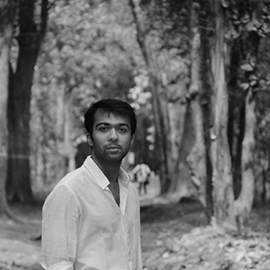

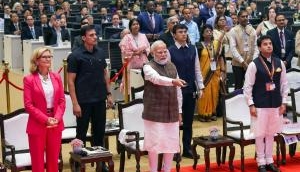
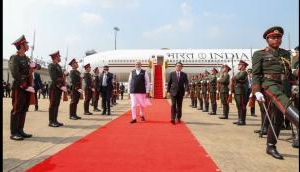
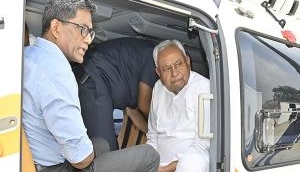
![BJP's Kapil Mishra recreates Shankar Mahadevan’s ‘Breathless’ song to highlight Delhi pollution [WATCH] BJP's Kapil Mishra recreates Shankar Mahadevan’s ‘Breathless’ song to highlight Delhi pollution [WATCH]](https://images.catchnews.com/upload/2022/11/03/kapil-mishra_240884_300x172.png)

![Anupam Kher shares pictures of his toned body on 67th birthday [MUST SEE] Anupam Kher shares pictures of his toned body on 67th birthday [MUST SEE]](https://images.catchnews.com/upload/2022/03/07/Anupam_kher_231145_300x172.jpg)


